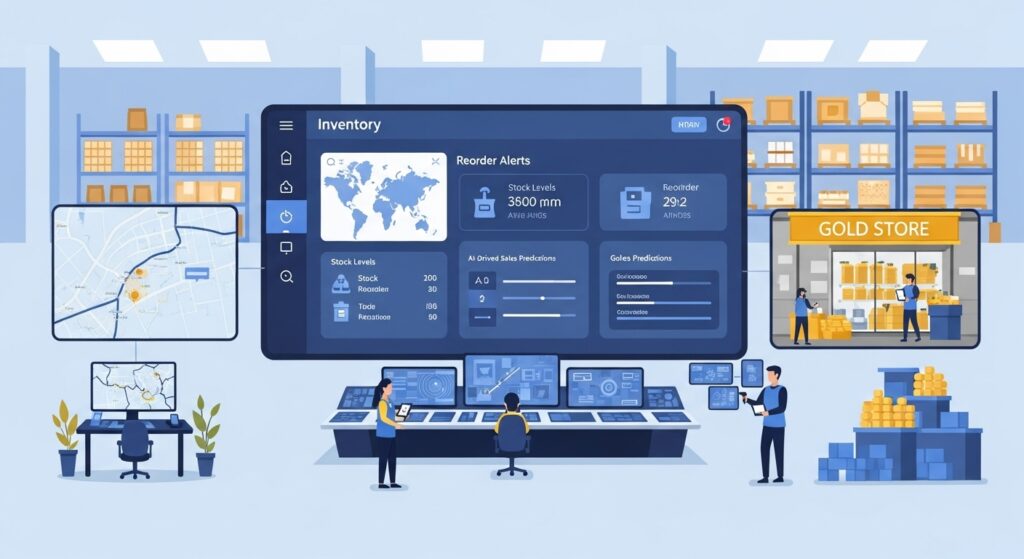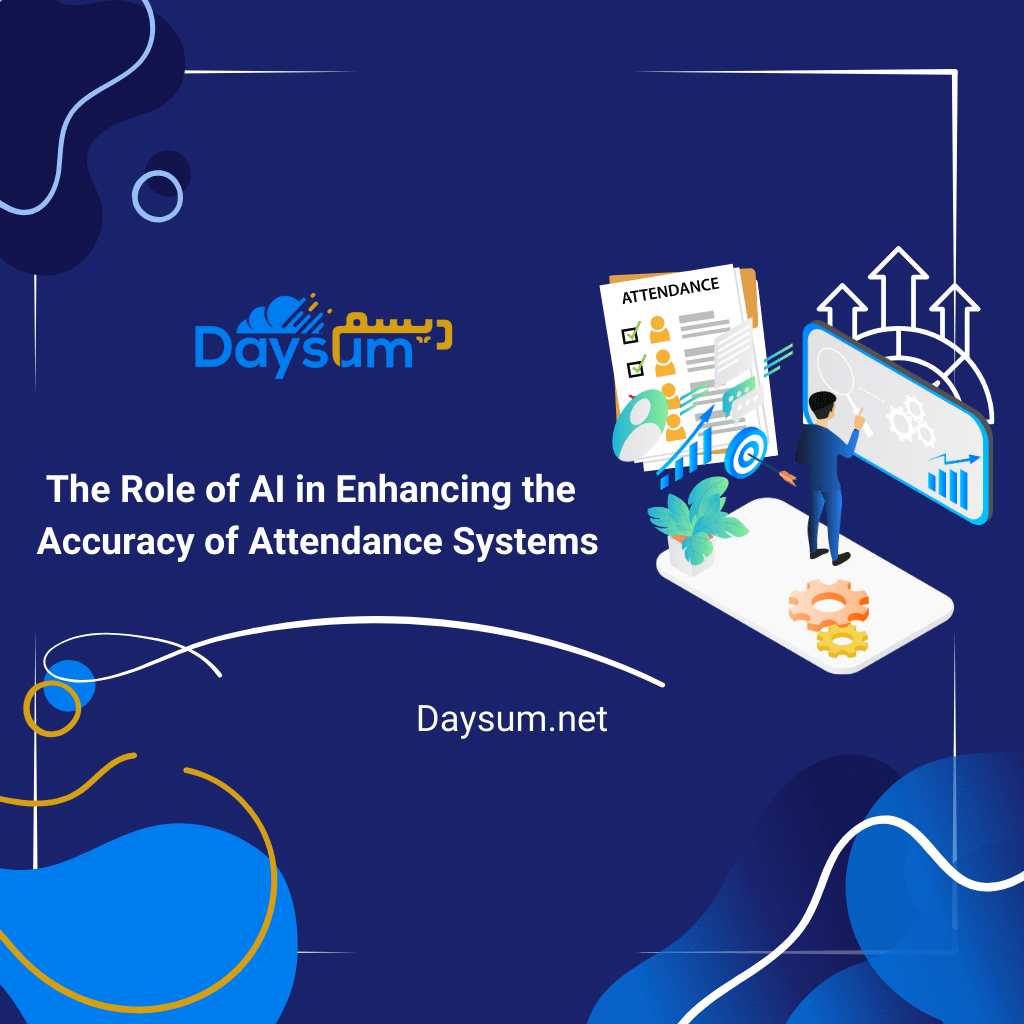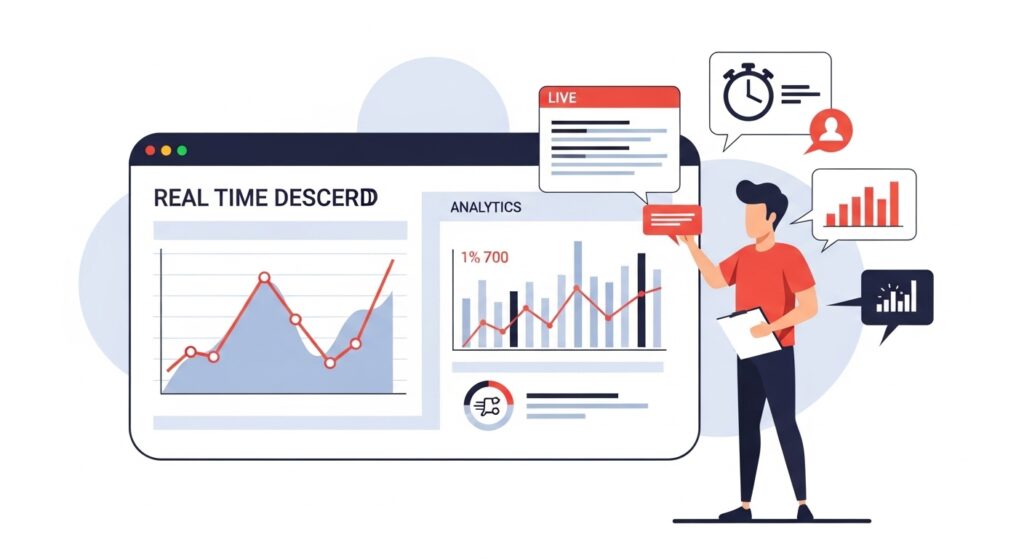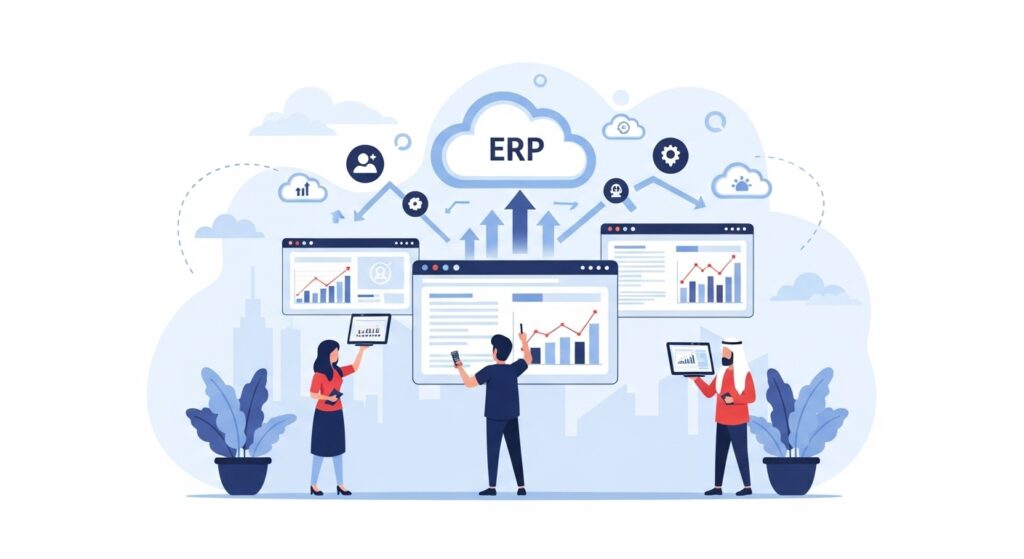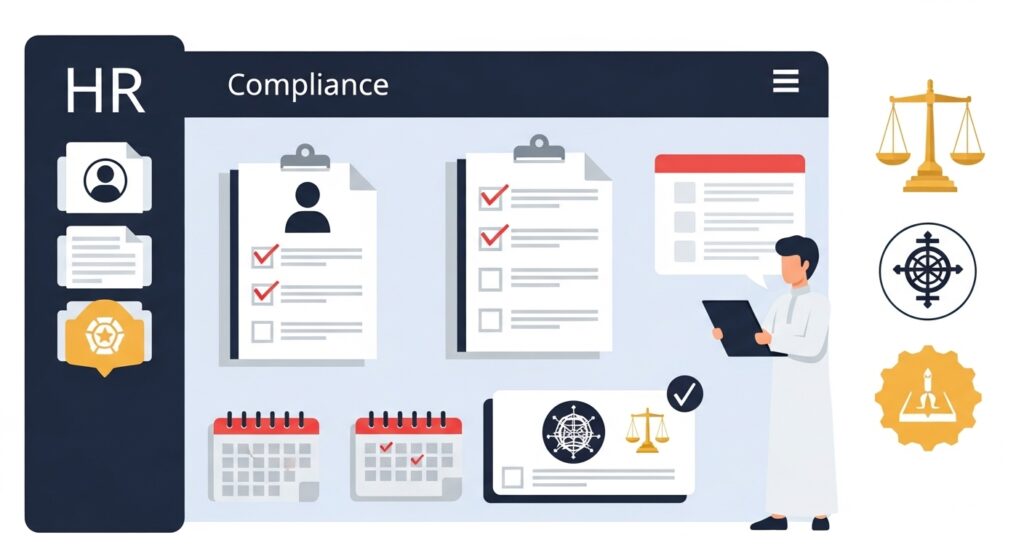The gold industry holds a significant place in the global economy, serving not only as a precious metal for jewelry and investment but also as a cornerstone of financial stability for many countries. As businesses in this sector navigate fluctuations in market prices, regulatory changes, and consumer preferences, the importance of financial analysis becomes increasingly evident. Financial analysis enables companies to make informed decisions, manage risks, and optimize operations. In this article, we will explore the significance of financial analysis for jewelry, the strategies employed in the gold industry, and the tools available to facilitate this essential process. We will also highlight how Daysum, a leading provider of Gold ERP software, can support financial analysis efforts in this dynamic market. Stay ahead of the competition with a golden inventory system designed to manage every karat with precision. 1. Understanding Financial Analysis for Jewelry 1.1 What is Financial Analysis for Jewelry? Financial analysis for jewelry refers to the systematic evaluation of a jewelry business’s financial performance and health. This analysis encompasses various metrics, including revenues, costs, profits, and cash flow, specifically tailored to the unique aspects of the jewelry market. By conducting thorough financial analysis, jewelry businesses can identify trends, assess their financial stability, and uncover areas for improvement. For instance, understanding the cost structure of manufacturing and selling jewelry pieces is crucial for determining pricing strategies and profitability. Moreover, financial analysis aids in inventory management, ensuring that businesses maintain optimal stock levels without overcommitting resources. 1.2 Key Components of Financial Analysis in Jewelry Several key components form the backbone of financial analysis in the jewelry industry: By focusing on these components, jewelry businesses can develop a comprehensive understanding of their financial performance, enabling them to make data-driven decisions. Make the switch to smarter, faster business with modern e invoicing software. 2. Significance of Financial Analysis in the Gold Industry 2.1 Impact on Decision-Making The gold industry is characterized by its volatility, influenced by factors such as geopolitical events, economic indicators, and changes in consumer demand. Financial analysis plays a crucial role in informing strategic decisions within this context. By analyzing historical financial data and market trends, companies can identify opportunities for growth and areas that require caution. For example, a jewelry manufacturer might use financial analysis to determine whether to invest in a new production line or expand into a new market. By understanding the financial implications of such decisions, businesses can allocate resources more effectively and minimize risks. Case studies of successful companies in the gold industry demonstrate the power of financial analysis. For instance, a leading jewelry retailer that utilized data analytics to assess consumer trends was able to pivot its product offerings, resulting in a significant increase in sales. By leveraging financial analysis, they not only improved their bottom line but also enhanced customer satisfaction. 2.2 Risk Management Financial analysis is also essential for risk management in the gold industry. The fluctuating prices of gold can create uncertainties for businesses, making it imperative to have robust financial strategies in place. By conducting thorough financial analyses, companies can identify potential risks, ranging from price volatility to changes in regulatory environments. Financial forecasting, a vital aspect of financial analysis, enables businesses to anticipate market trends and prepare for potential downturns. For example, if a financial analysis indicates a potential drop in gold prices, a company can take proactive measures, such as hedging or adjusting production schedules, to mitigate the impact on their operations. 3. Financial Analysis Strategies in the Gold Industry 3.1 Developing a Financial Analysis Framework Creating a robust financial analysis framework is essential for businesses in the gold industry. This framework should align with the company’s objectives and be adaptable to market changes. Key steps in developing this framework include: By following these steps, jewelry businesses can establish a comprehensive financial analysis framework that supports informed decision-making. 3.2 Utilizing Comparative Analysis Comparative analysis is a valuable strategy in the gold industry, allowing businesses to benchmark their performance against industry standards and competitors. By comparing key financial metrics, organizations can identify strengths and weaknesses, enabling them to make strategic adjustments. For instance, a jewelry business might compare its gross margins with those of industry peers to evaluate its pricing strategies. If the analysis reveals that competitors are achieving higher margins, the company can investigate potential reasons and implement changes to enhance its profitability. Furthermore, comparative analysis can extend beyond financial metrics to include operational efficiency, customer satisfaction, and market positioning. This holistic approach enables businesses to gain a comprehensive understanding of their competitive landscape. 4. Financial Analysis Tools 4.1 Essential Tools for Financial Analysis To perform effective financial analysis, jewelry businesses need access to the right tools. Several essential tools are available for the gold industry, including: 4.2 Integrating Technology in Financial Analysis The integration of technology into financial analysis processes is paramount for enhancing efficiency and accuracy. Automation tools can streamline data collection, reduce human error, and provide real-time insights. This shift allows finance teams to focus on strategic analysis rather than manual tasks. Future trends in financial analysis tools for the gold industry include the use of artificial intelligence (AI) and machine learning to enhance predictive analytics. These technologies can analyze vast amounts of data to identify patterns and trends, offering businesses a competitive edge in their financial planning and decision-making processes. Conclusion In conclusion, financial analysis is a critical aspect of success in the gold industry. It empowers jewelry businesses to make informed decisions, manage risks, and optimize operations. By understanding financial analysis for jewelry, recognizing its significance in the gold industry, and employing effective analysis strategies and tools, organizations can enhance their financial performance and sustain growth. As the gold market continues to evolve, businesses must prioritize financial analysis to navigate challenges and seize opportunities. Investing in robust financial analysis capabilities, such as those offered by Daysum, can provide the necessary support for jewelry businesses to thrive in a competitive landscape. To enhance your financial analysis capabilities in the gold industry, explore the


